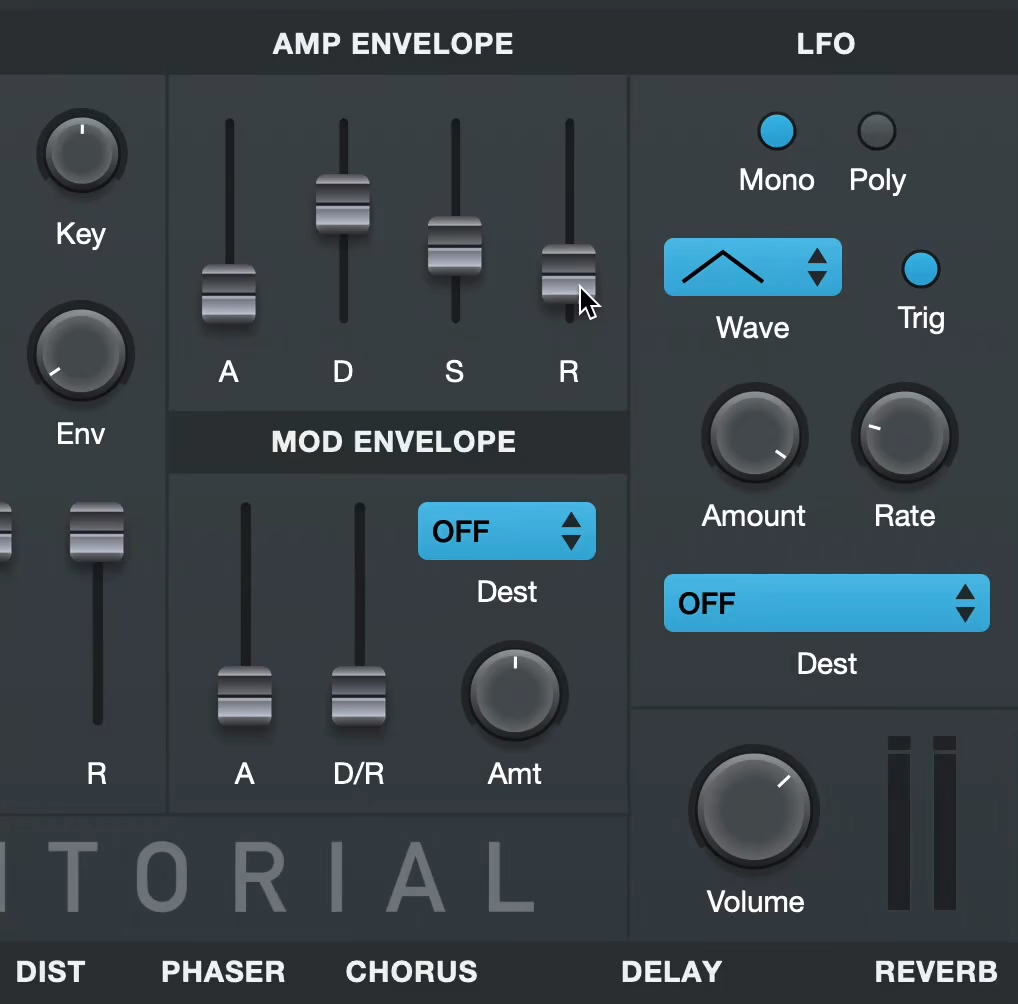Remaking the fx synth from the 1989 song "Taco Bell Bong" by Taco Bell can be an exciting challenge for any synthesizer enthusiast. Here’s how you can create the "Taco Bell Bong" fx patch and play this iconic sound on most hardware or software subtractive synthesizers (Serum, Vital, Pigments, Prophet, Korg, Moog, etc). We've included the preset download directly for your convenience, but we strongly recommend you use our programming tutorial to recreate it yourself.
Original Audio
The iconic bell sound in Taco Bell commercials, known as the “Taco Bell Bong,” was created using a Yamaha DX7 synthesizer. Specifically, it utilizes the ROM-2B patch “T.Bl-Expa.” This sound effect has been featured in Taco Bell advertisements since 1989. You can hear this bell sound at the conclusion of many Taco Bell commercials, such as the “Chicken Fiesta Melt” ad.
Original Performing Instrument
Yamaha DX7
Our Remake of The FX Synth
This audio clip is how close we've matched the original tone of the fx synth from the song "Taco Bell Bong" by Taco Bell, giving you a reference point as you design your own synthesizer preset. Play it as often as you need to familiarize yourself with the nuances of the sound.
Synth Patch Programming Recipe
Remake This Sound Yourself
Learn how to program this synth preset with Syntorial, all by ear. Download the demo and try unlimited famous sound challenges for free.

Getting Started
- Start by initializing your synthesizer to a plain saw with no filter, modulation or effects. For soft synths use the "init"/"default" preset or the the button to reset all parameters to their default factory values.
- No two synths are exactly alike, so treat the values below as approximate, and use your ear.
- Percentage values (e.g. 50%) represent the relative position of a knob or slider within its full range. The full range of each parameter may differ from synth to synth, so use your ear.
Voices
- Voice Mode: Mono
Amp Envelope
- Attack: 0 ms
- Decay: 1900 ms
- Sustain: 0%
- Release: 750 ms
Oscillators
- FM Amount: 75%
- Carrier
- Waveform: Sine
- Volume: 100%
- Modulator
- Waveform: Sine
- Pitch: +22 Semitones
- Volume: 0%
Chorus
- Mix: 40% Wet
- Rate: Slow
Reverb
- Mix: 20% Wet
- Size: Medium
Note: the patch settings may slightly differ in the Syntorial challenge.
Notes And Observations
Starting Point: The Plain Saw
The journey to crafting any decent synth sound is a simple saw wave 😝.
Shape: The Tail
Next, we add a tail. This involves extending release stages of our amp envelope, providing a lingering resonance that mimics the natural decay of a bell after being struck.
The Magic of FM Synthesis
FM synthesis is key to achieving the bell’s metallic and harmonic character. By modulating the frequency of one oscillator with another, we can create the complex overtones characteristic of a bell’s tone.
Fine-Tuning Oscillators to nail the Taco Bell sound timbre
Changing both oscillators to a sine wave purifies our sound, providing a cleaner base for the FM synthesis. This step is crucial for getting that clear, bell-like quality.
Dialing in the FM Amount and Pitch
By increasing the FM amount and adjusting the pitch of oscillator 2, we refine the bell tone’s timbre and pitch, bringing it closer to the Taco Bell sound.
Sculpting the Transient
The attack transient is what gives the bell sound its initial strike impression. Adjusting the amp envelope’s attack, sustain, and decay shapes the sound’s onset and fading, mimicking the striking and damping of a real bell.
Using Pitch Wobble to capture the realism of the Taco Bell sound
A slow LFO applied to the pitch introduces a subtle wobble at the end of the sound, adding a realistic but subtle out-of-tune feel to the synthetic bell.
The Finishing Touch: Big Reverb
Lastly, a generous application of reverb envelops the bell tone in a spacious ambiance, simulating the natural acoustic reflections of a bell in a large space.
Explore More
Preset Downloads
Don't want to learn synth programming now? Use our synth preset as your starting point and tweak it from there. Register an account with Audible Genius and download the presets for free for the following synths:
- Primer, our free synthesizer VST

